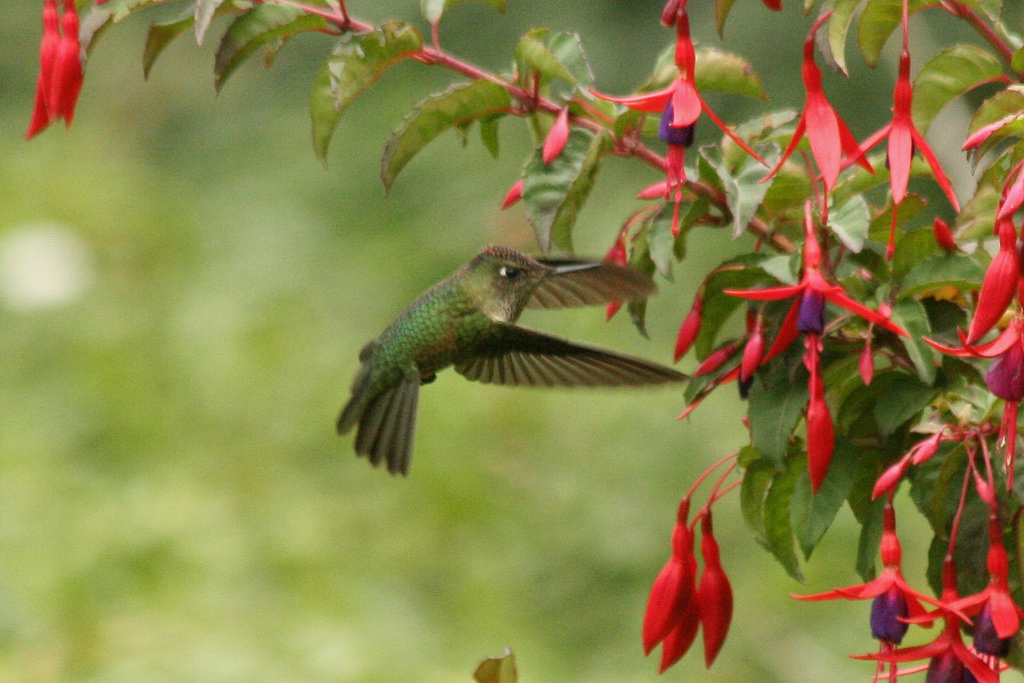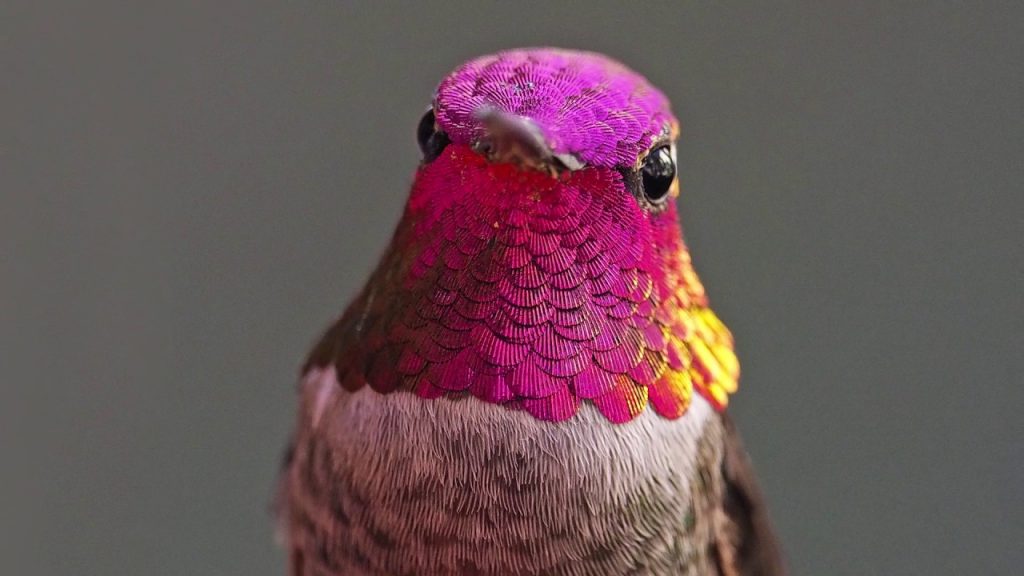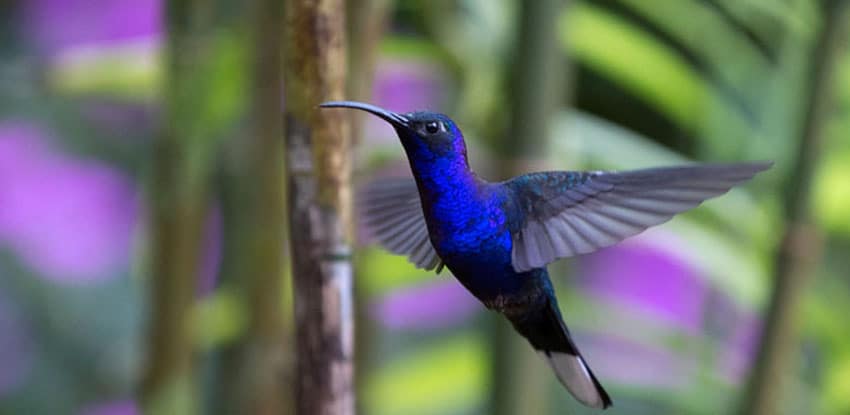Adopt a hummingbird

You can now adopt a hummingbird at the Hummingbird Sanctuary in Mexico City (CDMX).
In some legends, hummingbird feathers are treasured because they bring love like no other medicine can, and their presence brings joy to the observer.

The hummingbird monitoring station is unique in the world.
The ancient Mayans believed that hummingbirds were responsible for carrying the souls of warriors who died in battle to the realm of the afterlife. These birds are exclusive to the Americas. There are 330 species, with 58 belonging to Mexico, 17 of which breed during the summer in the United States and Canada and then migrate to Mexico to spend the winter.

98 percent of their diet is nectar from flowers. According to María del Coro Arizmendi Arriaga, a professor and researcher at the Facultad de Estudios Superiores (FES) Iztacala, these flowers produce that nectar as a reward for hummingbirds to visit them and move the pollen, which is the male cell of the plant, to transport it to another plant where the female part is located. This is how flowers undergo sexual reproduction.

Hummingbirds are responsible for pollinating a large number of species in nature, helping them reproduce their fruits and seeds, which will become new plants. Although they are so small, they are rarely frightened by people. That’s why it’s currently in fashion to place feeders for them all over the city.
Humming bird sanctuary
Inside Parque Naucalli, the first hummingbird sanctuary in Satélite is being established. This space has been created thanks to “Adopta un Colibrí” (Adopt a Hummingbird), and here’s what it’s all about.

“Adopt a Hummingbird” is a project founded by Diana Bellini, a hummingbird protector who has been responsible for:
– Spreading correct and up-to-date information for the preservation of hummingbirds in various parts of the world.
– Collaborating with spaces for the rehabilitation and reintegration of hummingbirds into nature.
– Donating plants, planting, and caring for the sanctuary created by “Adopta un Colibrí.”
– Creating food options for households in Mexico City that want to help hummingbirds.
– Explaining how a responsible hummingbird feeder works.
– Creating a “Kit Colibrí” with which she contributes to the creation of the Hummingbird Sanctuary.
You can directly purchase pollinator plants, pots, hummingbird feeders, and the “Kit Colibrí” on the “Adopta un Colibrí” profile.

The “Kit Colibrí” is how Diana can continue helping the hummingbirds, buying more flowers, paying the sanctuary’s gardener to maintain it, and running advertising campaigns to raise awareness about the issues hummingbirds face.
It costs $500 MXN and makes you a co-creator of the “Adopt a Hummingbird” Sanctuary. It includes a hummingbird pendant, 3 CDs by Mezzosoprano Díana Bellini, a co-creator certificate for the sanctuary, a digital guide to help hummingbirds, and a hand-painted calendar by Namhiko Nishizaki.


The best way to help is by creating spaces with pollinator plants where hummingbirds can eat healthily.
This is the fundamental reason for the creation of this sanctuary, which has been sustained thanks to the sale of “Kit Colibrí,” which can be purchased at @adoptauncolibri.
The other option is to create a responsible feeder, which can be made with any clean glass container and filled with a mixture of filtered water and common refined white sugar (for every measure of sugar, add 4 times of filtered water).
The responsible feeder should be cleaned daily, and in case of hot weather, it should be cleaned every 3 or 4 hours.

The sanctuary created by “Adopt a Hummingbird” is located inside Parque Naucalli, in the municipality of Naucalpan de Juárez.
This space has seven planters and 400 pollinator plants that help combat the extinction of these small birds in Mexico City and its surroundings.
Salvias, hibiscus, lantanas, calistemos, lavenders, and more, help provide hummingbirds with a safe place to feed and coexist.
You can visit the sanctuary from Tuesday to Sunday, from 6:00 AM to 8:00 PM, entering Parque Naucalli through Boulevares. Admission is free! We recommend visiting in the early morning or at sunset, when these little birds come to the sanctuary to feed freely.
